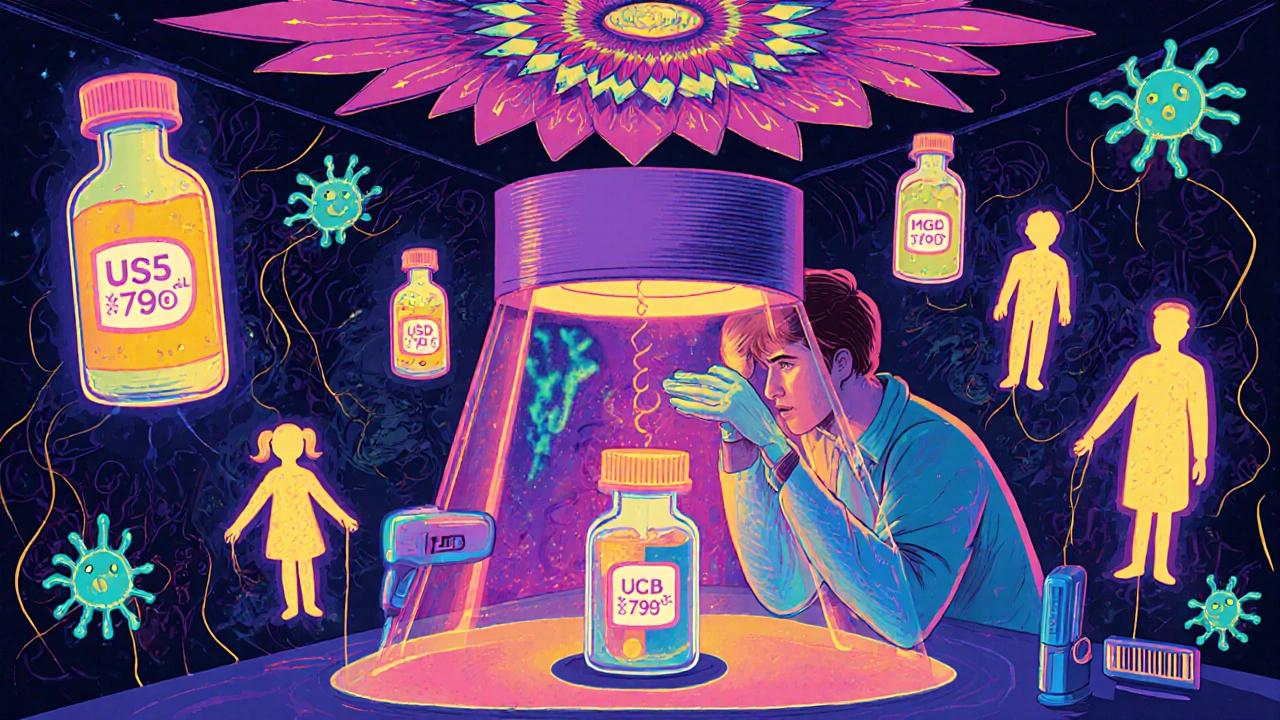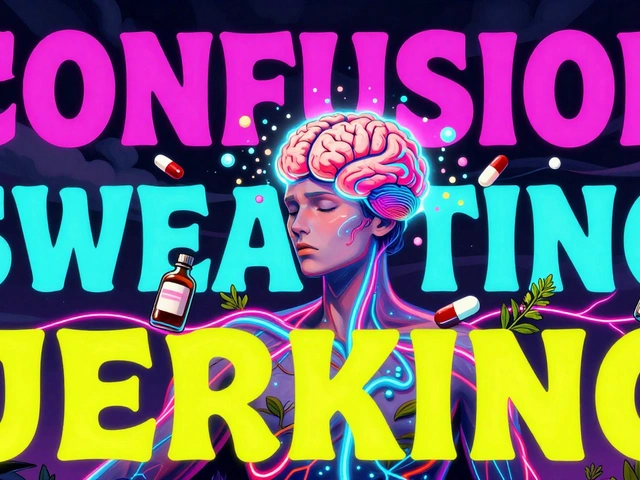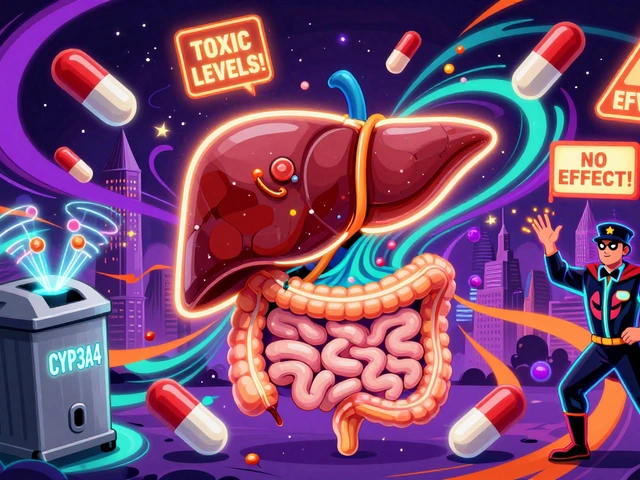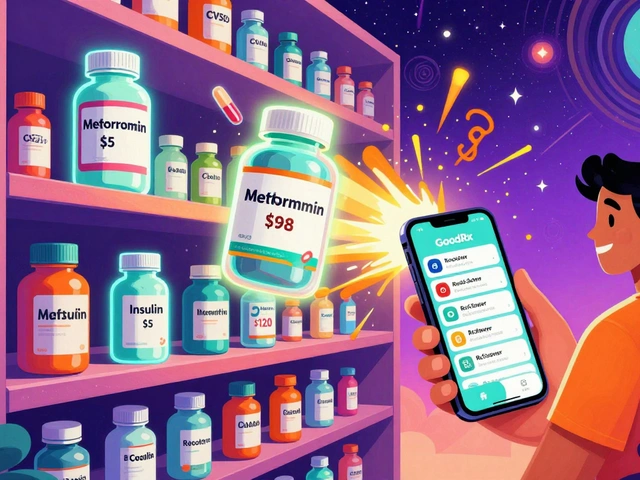Dual Verification in Pharmacy: What It Means and Why It Matters
When you pick up a prescription, you might not realize that dual verification, a safety step where two trained professionals independently check a prescription before dispensing. Also known as double-checking, it’s one of the last lines of defense against dangerous medication errors. This isn’t just paperwork—it’s a lifesaver. One wrong dose, one misread label, one confused drug name, and the result can be hospitalization—or worse. Dual verification exists because humans make mistakes. But when two people verify the same thing, the chance of missing a critical error drops dramatically.
Pharmacies use dual verification for high-risk medications: insulin, blood thinners, opioids, chemotherapy drugs. Think about SGLT2 inhibitors, a class of diabetes drugs that protect the heart and kidneys. If the wrong one gets dispensed—or the wrong dose—it could harm your kidneys instead of helping them. Or consider clonidine, a blood pressure and ADHD medication that can cause dangerous drops in heart rate if misused. A single mix-up here isn’t just a mistake—it’s a crisis. That’s why dual verification isn’t optional in most countries. It’s required by law, by hospital policy, and by ethical standards. Even for common pills like paroxetine, an antidepressant with serious withdrawal risks if stopped suddenly, a second set of eyes catches dosage errors or dangerous interactions with other meds you’re taking.
Dual verification isn’t just about matching the label to the bottle. It’s about checking the patient’s history, allergies, current meds, and kidney or liver function. You’ll see this process in action across posts about dual verification and related safety practices: how pharmacists spot interactions between capecitabine, a chemotherapy drug with severe hand-foot syndrome risks and other treatments; how they prevent errors with insulin injections, where wrong dosing can send blood sugar into life-threatening territory; or how they review acamprosate, a medication for alcohol dependence that needs careful timing and monitoring. These aren’t abstract rules—they’re daily routines that keep real people safe. The posts below show you exactly how this works in real cases: what gets checked, who does it, and how you can make sure it’s done right for you. You deserve to know your meds are handled with care. Here’s how that care actually happens.
How to Prevent Compounding Errors for Customized Medications: A Practical Guide for Pharmacists
Learn how to prevent deadly compounding errors in customized medications with proven protocols like dual verification, USP standards, and AI-assisted systems. Essential reading for pharmacists and pharmacy owners.





